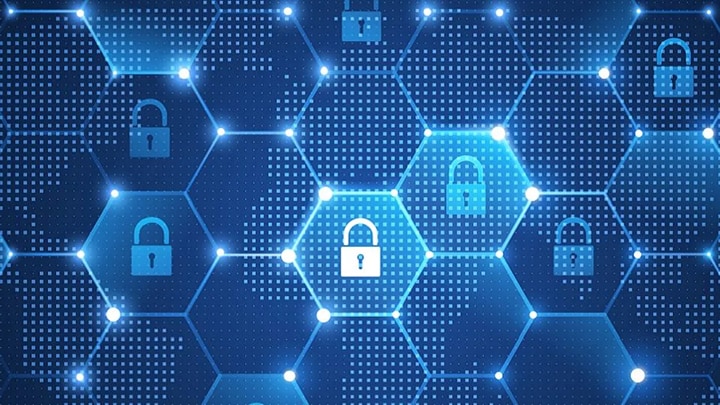We’ve all seen the futuristic movies that show a person gaining access
to a secure area or authorizing a transaction by using some sort of a
biometric, like an iris scan, a handprint, or a voice command. Those days are
closer than you might think, since biometrics are making their way into some
very familiar applications, including those that involve smartcards.
Biometrics generally fall into two categories: physical characteristics and
behavioral characteristics. Some examples of physical characteristics are
fingerprints, the networks of veins in a hand, the specific arrangement of
features on a person’s face and certain components of the human eye,
including retina and the iris. Examples of behavioral characteristics are how
a person types on a keypad, the way a person writes a particular phrase or a
sequence of numbers, or how they sign their name. Voice recognition is a
hybrid biometric, involving a combination of physical and behavioral
characteristics.
With all these biometrics to choose from, which are the best options for use
with smartcards? The reality is that there are really only a select few. This
is because any biometric that will be used in conjunction with a smart card has
to be practical to implement, and has to be compatible with the smart card
format. It has to work within the expected operating environment – such
as the entryway to an office building, or at the payment terminal in a retail
shop – and, perhaps most important of all, it has to be cost-effective.
This immediately rules out certain biometric formats, such as DNA (which is
too expensive), the way a person walks (which requires too much space to
measure), and a person’s odor profile (which requires overly complex
analysis).
In applications that require the highest levels of security, it may make sense
to use biometrics that would otherwise be too expensive or cumbersome for use
with smartcards. These include hand geometry, hand-vein structure, iris and
retina scans and voice recognition. Future development may make these formats
and methods feasible for everyday use in smartcards but, for now, there are
basically three biometrics that best meet the key requirements of reliability,
usability, form factor and cost:
-
Fingerprints – The most common methods for scanning a
fingerprint are ultrasound fingerprint sensors, optical fingerprint readers,
capacitive array sensors and capacitive line sensors. In smart card systems,
the fingerprint reader is usually a separate device, not an integral part of
the card, but many fingerprint readers are small enough that they could be
used at home.
-
Face recognition – Still images and video are used to
document facial features and create a template for comparison. Facial
recognition is becoming standard in the authentication of international
travelers, mainly due to its good usability, speed and user acceptance.
-
Handwriting analysis – How someone write a series of
characters or signs their name can be a useful biometric for authentication.
The signature-recognition system can even be integrated onto the smart card
itself, for a very compact, low-power way to add biometric authentication to
the setup.
Handwriting analysis is, in fact, the biometric NXP chose for its first
biometric smart card. The card uses the cardholder’s handwriting as a
biometric feature. The individual numbers of the PIN code are captured in the
writer’s unique way of writing through the use of an integrated
capacitive touchpad.
Entering a handwritten PIN code requires less-intensive processing than other
biometrics, including fingerprints, and the processing can be performed by the
smart card’s on-chip circuitry. Using a capacitive touchpad to capture
the handwriting can be a good choice in terms of manufacturability, since the
touchpad’s sensor can be placed in the antenna substrate.
Get the details
Our white paper, titled “Smartcards, security and biometrics,”
is a detailed look at the biometric techniques best suited for use with
smartcards. It presents the options for implementing biometrics in a smart card
system and provides examples of real-world biometric smartcards, including the
NXP implementation.
Download your copy today.




